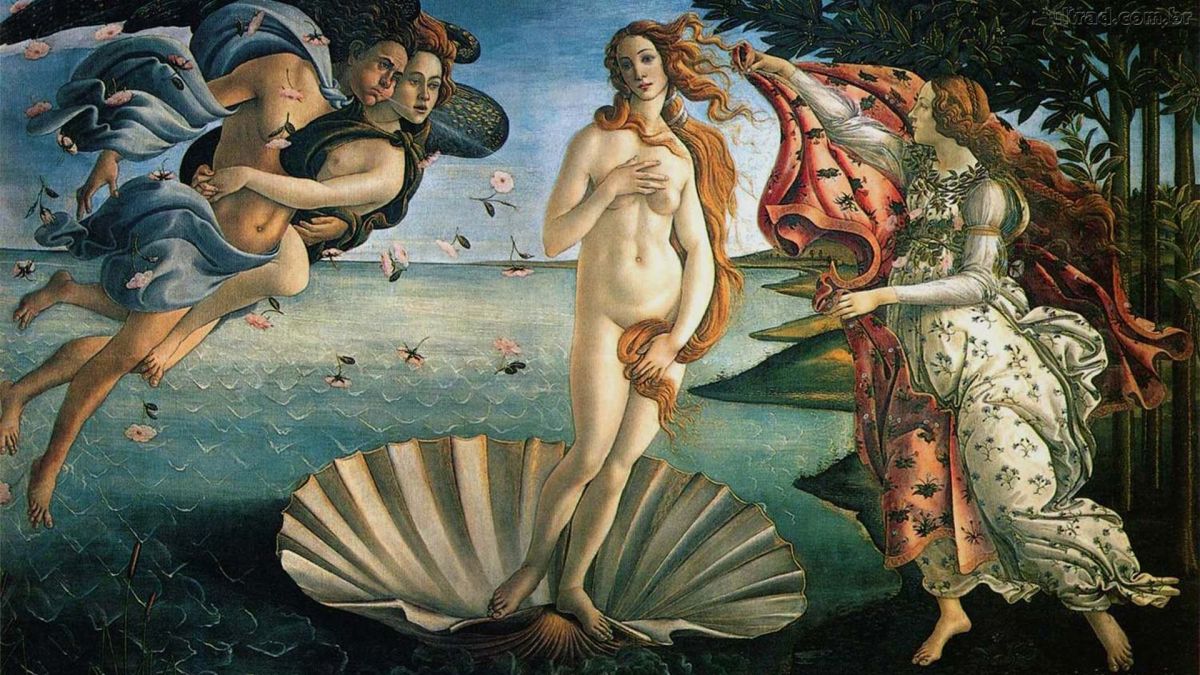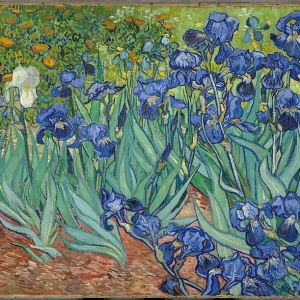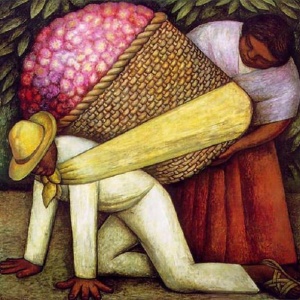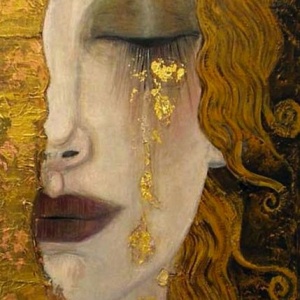Description
The birth of Venus
Painting type:
Oil painting
Size:
30cm x 40cm
Note:
Unframed painting!
Info:
The birth of Venus is a painting by Italian artist Sandro Botticelli, possibly made in the mid-1480s. It shows the goddess Venus arriving on the shore after her birth, when she is already at sea fully grown (called Venus Anadyomene and often artistic). The painting is at the Uffizi Gallery in Florence, Italy.
Although the two are not a couple, the painting is inevitably discussed with another great fairy tale, Primavera, also in Uffizi. They are among the world’s most famous paintings, with Italian Renaissance icons; of the two, Birth is better known than Primavera. As shown by the articles from ancient myths on a very large scale they had never been seen in Western art since ancient times, as were the size and prominence of a naked woman at birth. Both were thought to have been sent by one member of the Medici family, but now this is uncertain.
Historically art historians have been analyzed, the main themes being: imitation of ancient painters and the context of wedding ceremonies (generally agreed), the influence of Renaissance Neo-Platonism (a controversial specific), and the identity of the Commission (not allowed). Many art historians agree, however, that Birth does not require a complex analysis to determine its meaning, as is the case with Primavera. While there is a subtlety to this painting, its main meaning is direct treatment, if alone, the occurrence of traditional culture from Greek mythology, and its appeal is emotional and easily accessible, which is why it is so popular.
In the centre the newly-born goddess Venus stands nude in a giant scallop shell. Its size is purely imaginary, and is also found in classical depictions of the subject. At the left the wind god Zephyr blows at her, with the wind shown by lines radiating from his mouth. He is in the air, and carries a young female, who is also blowing, but less forcefully. Both have wings. Vasari was probably correct in identifying her as “Aura”, personification of a lighter breeze. Their joint efforts are blowing Venus towards the shore, and blowing the hair and clothes of the other figures to the right.
At the right a female figure who may be floating slightly above the ground holds out a rich cloak or dress to cover Venus when she reaches the shore, as she is about to do. She is one of the three Horae or Hours, Greek minor goddesses of the seasons and of other divisions of time, and attendants of Venus. The floral decoration of her dress suggests she is the Hora of Spring.
Alternative identifications for the two secondary female figures involve those also found in the Primavera; the nymph held by Zephyr may be Chloris, a flower nymph he married in some versions of her story, and the figure on land may be Flora. Flora is generally the Roman equivalent of the Greek Chloris; in the Primavera Chloris is transformed into the figure of Flora next to her, following Ovid‘s Fasti, but it is hard to see that such a transformation is envisaged here. However, the roses blown along with the two flying figures would be appropriate for Chloris.
The subject is not strictly the “Birth of Venus”, a title given to the painting only in the nineteenth century (though given as the subject by Vasari), but the next scene in her story, where she arrives on land, blown by the wind. The land probably represents either Cythera or Cyprus, both Mediterranean islands regarded by the Greeks as territories of Venus.





